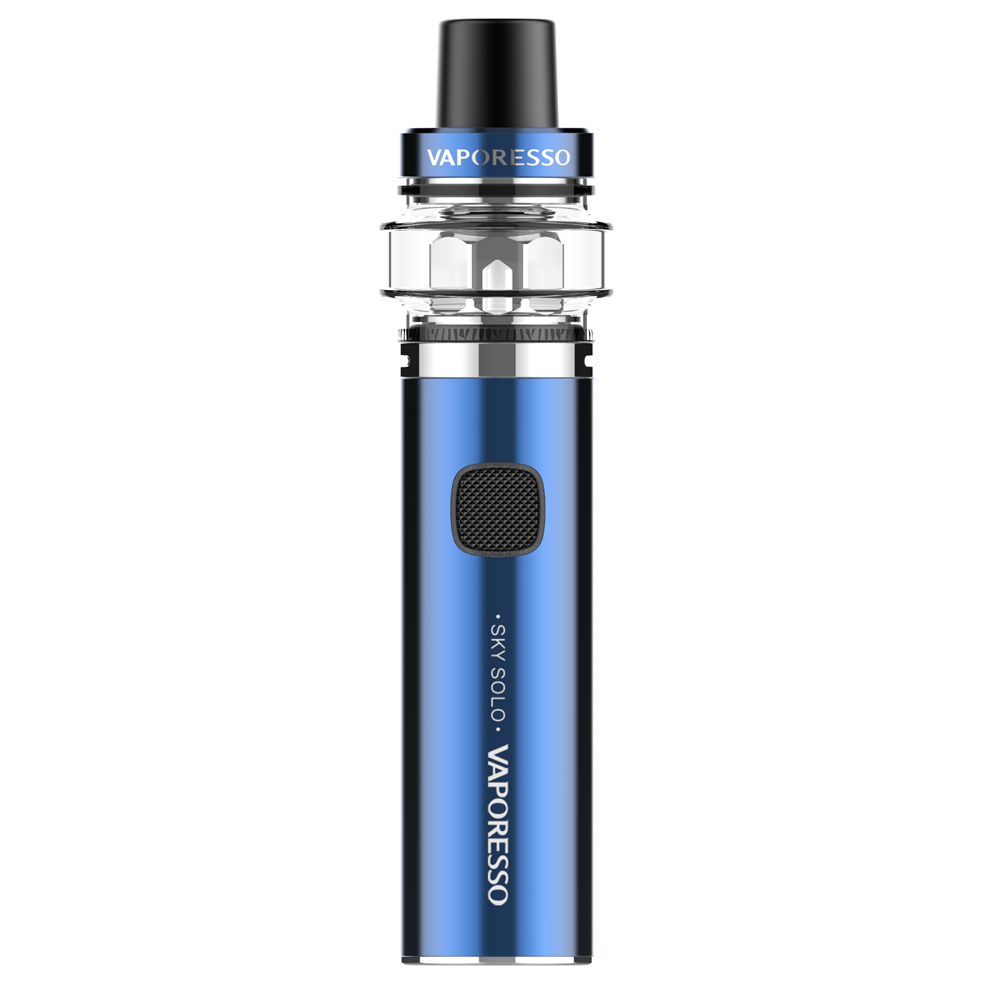Unlocking the Secrets of Vape Pens: Discover What Makes Them Tick!
In recent years, vape pens have surged in popularity, capturing the attention of both seasoned vapers and newcomers alike. These sleek devices offer a modern alternative to traditional smoking, appealing to individuals seeking a more controlled and flavorful experience. As more people turn to vaping for leisure or as a potential means to quit smoking, understanding the ins and outs of vape pens becomes essential. This article aims to demystify vape pens by exploring what they are, how they work, and the key components that make them function. Whether you're considering your first vape pen or looking to deepen your knowledge, this guide will provide valuable insights into this fascinating aspect of the vaping community.

What is a Vape Pen?
A vape pen is a portable and discreet device designed for inhaling vapor, typically produced from e-liquids or cannabis oils. Unlike traditional cigarettes, which combust tobacco, vape pens operate through a process called vaporization, which heats the liquid to create vapor without burning it. This fundamental difference appeals to many users as it reduces the harmful byproducts associated with smoking. Vape pens are generally sleek, pen-like devices that can easily fit into a pocket or purse, making them convenient for on-the-go use. They come in various shapes, sizes, and styles, catering to a range of preferences. From beginner-friendly options to advanced models with customizable settings, vape pens have something to offer everyone, drawing interest from both novice users experimenting with vaping and experienced users seeking a reliable device for their sessions.
How Does a Vape Pen Work?
The operation of a vape pen is quite straightforward yet fascinating. At its core, the device consists of a battery, an atomizer, and a tank or cartridge filled with e-liquid or oil. When the user inhales through the mouthpiece, the battery activates the atomizer, which heats the liquid inside the tank. This heating element, often made of metal, generates heat that vaporizes the liquid, transforming it into a flavorful aerosol that the user can inhale. This process allows for a variety of flavors and nicotine strengths, giving users the ability to customize their vaping experience. For instance, a friend of mine, who initially struggled with quitting smoking, found that using a vape pen with a sweet vanilla e-liquid helped satisfy his cravings while making the transition more enjoyable. The ability to control the temperature and wattage in some advanced vape pens can further enhance the experience, allowing for different vapor densities and flavors. The combination of these elements creates a personalized and enjoyable vaping experience that appeals to a broad audience.
Key Components of a Vape Pen
Understanding the key components of a vape pen is crucial for grasping how they function. The primary parts include the battery, atomizer, and tank or cartridge. The battery serves as the power source, providing the energy needed to heat the atomizer. Most vape pen batteries are rechargeable and come with varying capacities, influencing how long the device can be used before needing a charge. The atomizer is responsible for heating the e-liquid, and its design can affect the efficiency and quality of vapor production. Lastly, the tank or cartridge holds the liquid, which can be pre-filled or refillable, depending on the type of vape pen. Each of these components works in harmony to create the vapor that users enjoy, and understanding their roles can help users make informed choices about maintenance and upgrades. Many users, including my friends, have found that experimenting with different atomizers can significantly improve their vaping experience.
Benefits and Considerations of Using Vape Pens
Vape pens offer several benefits that have contributed to their popularity. One of the main advantages is their portability; they are compact and easy to carry, making them perfect for users who are constantly on the move. Moreover, vape pens are often user-friendly, requiring minimal setup and maintenance, which is appealing to beginners. The variety of flavors available also enhances the experience, allowing users to find options that suit their taste preferences. However, there are considerations to keep in mind. While vaping is generally considered less harmful than smoking, it is not without risks. Some users may experience throat irritation or other side effects, particularly with high-nicotine e-liquids. Additionally, the long-term health effects of vaping are still being studied. It's essential for users to remain informed and make choices that align with their health goals and preferences. A friend of mine, who started using a vape pen as a smoking alternative, emphasized the importance of choosing lower nicotine options to avoid dependency.
Summary of Vape Pens and Their Impact
In summary, vape pens have become a significant part of the modern vaping landscape, offering a unique and customizable experience for users. Understanding what a vape pen is, how it works, and its key components can empower individuals to make informed decisions about their vaping journey. While vape pens offer numerous benefits, including portability and a diverse range of flavors, it's crucial to consider personal health and preferences. As you explore the world of vape pens, take the time to assess what works best for you and enjoy the rich experience that vaping has to offer.






تعليقات